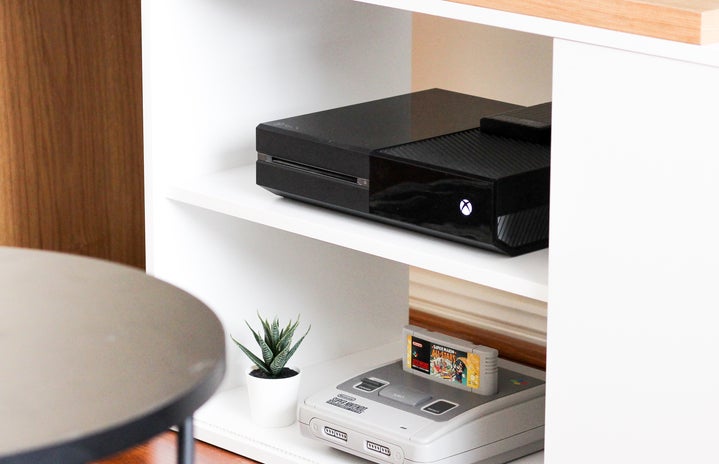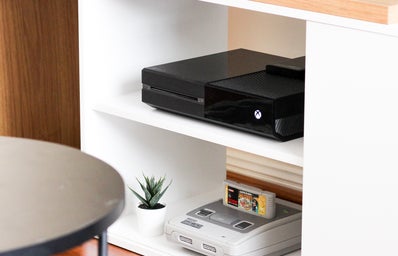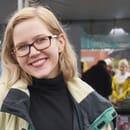Pride has become a sensation over the past couple of years. It is a must go event for queer and straight folks alike, but not many people understand the history of pride and what is supposed to represent.
The modern-day LGBTQ rights movement began after the Stonewall Riots in June 1969 and in 1970, the first “gay pride” march occurred on June 28th in New York City, Los Angeles, and Chicago. But it is important to note that the first march and the Stonewall Riots were largely led by Marsha P. Johnson and Silvia Rivera, two trans womxn of color who were fierce activists for the Gay Liberation Front and the LGBTQ+ community as a whole. What we celebrate as pride today, was originally a resistance to discrimination of LGBTQ+ people by the state and police.
In response to the common underrepresentation of queer women in the LGBTQ+ community and pride celebrations, in 1993 the first Dyke March was organized in Washington, DC. On that day, 20,000 people marched from Dupont Circle to the White House. Unlike the pride marches, the Dyke March is a protest. Because it is a protest, Dyke Marches traditionally don’t get permits and don’t allow corporate involvement following the tradition of the first marches. Dyke Marches also don’t invite the police into their space, which is contrary to the current protocol of mainstream pride marches.
I use the spelling of womxn instead of women to aim to be more inclusive when discussing queer womxn. Womxn refers to anyone who is affected by sexism, misogyny, or any issues that are coined as women’s issues. Whereas women is usually used solely to discuss cisgender women, womxn is applied to not just cisgender women but also transwomen, non-binary folks, femmes, butches, or anyone who is affected by women’s issues. The now sensationalized LGBTQ+ Pride was started by two queer trans womxn and the Dyke March is specifically a march for queer womxn’s representation.
Now, here are 5 of the best things to do for queer womxn during 2019 DC Pride.
1. DC Dyke March X DC Dykaries LGBTQ History Walking Tour
May 31st 6 PM to 8 PM
1.7-mile walking tour with frequent stops at different lesbian/women’s heritage locations such as bars, community spaces, and bookstores. DC Dyakries is an organization dedicated to the remembrance and honoring of lesbian and sapphic heritage in Washington DC. The walking tour will consist of the DC Dykaries expansive knowledge and support of the DC Dyke March.
May 29th 4:30 PM to 8 PM
Grosvenor Auditorium at the National Geographic Museum
1600 M St NW, Washington, District of Columbia 20036
Every month QGMN has free and age-inclusive 2-3 events, the main event is a showing of a movie that centers queer womxn and the stories of queer womxn. On May 29th, they are having a special edition of QGMN at the National Geographic Museum. They will be showing Ek Ladki Ko Dekha Toh Aisa Laga, which is the first mainstream Bollywood film to feature a lesbian lead character.
June 7th 6 PM to 9 PM
The location has yet to be announced.
The last DC Dyke March took place in 2007 and this year some locals are bringing it back. The theme will be Dykes Against Displacement. Unlike the modern pride marches, the Dyke March is mainly a protest in addition to a celebration of queer identities. This year, the DC Dyke March is working to raise money for anti-displacement organizations and to raise awareness about displacement and gentrification in DC.
All participants are encouraged to bring signs, noisemakers, and banners. There will be no police in attendance, but there will be ushers trained by the DC Dyke March Committees.4. Pretty Boi Drag
June 8th 12 PM to 3 PM, The Bier Baron Tavern and Comedy Loft
1523 22nd St NW, Washington, District of Columbia 20037
Age Limit is 18+
Pretty Boi Drag is a drag king troupe in DC created by and centering Queer Women of Color. They are hosting a drag brunch to pregame the Capital Pride Parade. If bought online the tickets for admission are $20 and at the door tickets are $25. There is a vegan-inclusive brunch menu and are options for bottomless drinks.
5. Patron your local lesbian bars
Age Limits are 21+
Bars for queer womxn have been rapidly going out of business. There were no bars for queer womxn left in Washington D.C. until two opened up in 2018. We need to show the demand for queer womxn bars by spending our money there.
A League Of Her Own is located in the basement of their sibling bar Pitchers, which is a gay sports bar. A League of Her Own has a wall of televisions that shift from episodes of the L Word to people playing video games. On the wall next to the bar there is a shrine to a number of notable queer womxn including Ellen and Janelle Monae.
XX+ Crostino brands themselves as a classy lounge for queer womxn. They aim to highlight local talent in their events; they may showcase artwork, music, or dancing. They also have a vegan-friendly late night food menu and happy hour from Wednesday-Friday 5-7pm.
Queer Womxn deserve the most during pride month and during every month. There are more and more spaces being dedicated to and for queer womxn, we need to take advantage of them and show that they are in strong demand!



